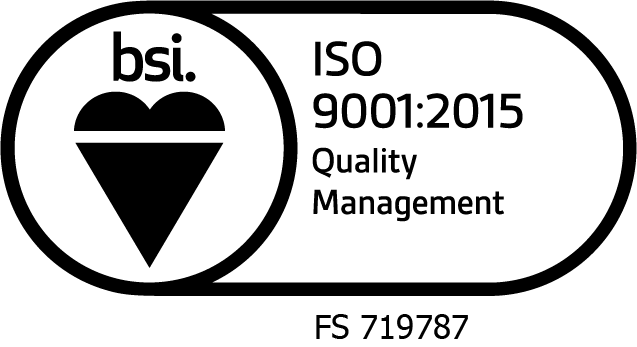BNAC has one of the most comprehensive and sophisticated quality management systems in the industry and we are certified by British Standards Institution (Certificate of Registration - FS 719787) for operating a Quality Management System that complies with requirements of ISO 9001:2015 for the following scope: Quantitative neuroimaging analysis lab serving as a central reading center for clinical trial imaging endpoints. Assist sponsor with coordinating medical center’s neuroimaging acquisition, collect scans&perform analyses of data. BNAC also holds an ISO 27001 certificate by Prescient Security. This accomplishment complements our ISO 9001:2015 certification for our overall quality system, further demonstrating our dedication to excellence in all aspects of our operations.
The day-to-day operations of BNAC are governed by the Quality Assurance Manual – a set of more than 130 standard operating procedures (SOPs) developed over nearly two decades of experience. A Table of contents for BNAC’s SOPs can be made available upon request of the sponsor. Staff are trained and certified using these policies. All SOPs and employee files are subject to random internal auditing by the BNAC quality assurance (QA) team. For each individual study, an imaging review charter is developed.


Local Regulation Review
As part of its preferred partnership with the University at Buffalo (UB), BNAC has access to a Clinical Research Office (CRO). As part of this partnership, UB’S CRO provides training, updates, and guidance for GCP, FDA regulations, and international regulations (such as the EU Clinical Trials Directive) as applicable to the study.
Regulatory Compliance
BNAC complies with all applicable local and federal guidelines. From those specifically mentioned, BNAC and its systems are compliant with:
- Good Clinical Practice (GCP)
- Good Documentation Practice (GDP)
- European Union (EU) Clinical Trials Directive
- FDA Regulations, including 21 CFR Part 11
- ISO 9001:2015 standards
- HIPAA / GDPR
Audits and Monitoring Visits
BNAC facilities and capabilities have been audited many times by sponsors, regulatory agencies and different type of other institutional bodies. BNAC has also been subject to monitoring visits for ongoing studies regularly, for the past 10 years. BNAC participated in FDA audits, reviews and panel meetings for regulatory approvals on ongoing basis.
Confidentiality
BNAC maintains confidentiality agreements with each sponsor, agreed upon during the study planning phase. In addition, data from each study is stored on its own database server, rather than being co-mingled with other non-study related data. Access controls to the system are granted on a study-by-study basis to limit exposure to only those employees with a direct need for access.
BNAC has a number of mechanisms in place to ensure data security and confidentiality. Our location is physically secured and guarded, and our network is protected by firewalls. Our online transfer site uses encrypted transfer to ensure data security in transit. Sensitive data is maintained on a secure server, and access is limited by user accounts and role-based restrictions.
Quality Assurance
BNAC follows Quality Assurance processes for Clinical Trials. These processes, in conjunction with the study-specific communications plan, govern the ways in which BNAC tracks incoming data, and each quality control (QC) check that is performed in real time. SOPs further describe how queries arising from the QC process are relayed to sites and tracked internally until a corrective action is taken.
Business and Disaster Recovery
BNAC has a business continuity and disaster recovery (BCDRP) plan outlined as one of its SOPs. The SOP has been prepared to assist BNAC in managing a serious disruptive crisis in a controlled and structured manner. It contains information on emergency contact details, strategies to mitigate impact, procedures to be implemented, and communication processes to be followed in response to a serious disruptive event. The BCDRP includes a description and assessment of potential risks caused by disasters and/or emergency situations.

